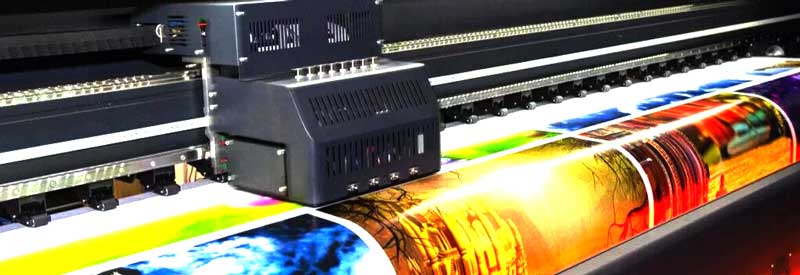
Rohit Khemka: Digital printing is an ideal platform for personalisation
If the industry wants to easily modify images and intricacies using variable data printing (VDP), then digital printing is the only way to go, shares Rohit Khemka.
People nowadays want everything custom-made, from eating to vacation, shopping to acquiring any services. Nothing makes people happier than the ability to customise any product or service they purchase. It comes with the freedom of personalisation and modification has made it possible to adapt things as one need, and textile design is one of them. Digital textile printing quickly gained popularity after its introduction to the market.
Digitalisation in the textile industry has witnessed significant growth in the recent past and the trend is expected to continue in the future also. The textile industry underwent a quantum leap in the late 1980s when after years of relying on analogue printing techniques, there was finally a way to digitally print words and images onto fabric. The advent of digital textile printing would prove to be a game-changer, forever altering the way companies choose to manufacture everything from bedding to home furnishings, digital printing technology excels at producing on demand and short print runs quickly and cost-effectively. Digital printing is also an ideal platform for personalisation. If the industry wants to easily modify images and intricacies using variable data printing (VDP), then digital printing is the only way to go. With advancements in print quality and speed. Hence a major shift for them.
Design lets people express their individuality. It is a reflection of what one is and believes in. For many people, keeping up with the latest trends is of utmost importance. These trends are usually influenced by the torchbearers of popular culture, famous designers around the world aim to create a trend-worthy design that will override the seasonal or geographical factors affecting fashion in general as they search for the best solutions for their interior design projects. With the embrace of the working-from-home concept, our houses have to take multiple roles; a place for being with your family and to work. This acceptance and extraordinary individual control through digitalisation and automation has allowed this trend to make individuals not only feel comfortable and confident.
Exploration in non-toxic materials by preferring a selection of natural and biological-made textiles is what every market player is leading forward to. Ever since the pandemic hit the world, awareness towards climate has also increased. Consumers are aware of their responsibilities and hence the demand for sustainable practices is no longer a one-sided battle.
With digitalisation in place, the dead stock is supposed to decrease, there is cost efficiency. -There will be less waste and no need to dispose of surplus dye and chemicals that are harmful to the environment. Less operational area is required, as is the use of resources and inventory. It is also affordable for both small and large orders.
Innovations in colour matching and design are revving up the creative process, shrinking creation time from months down to weeks to even just mere days, textile printing that has improved dramatically is the ability to produce just in time any length of fabrics or garments.
With no cylinder or screen to make ready, and with the advent of sophisticated workflow automation tools, meeting the needs of designers and brands trying to meet the quick changeover.
About the author: Rohit Khemka is the Founder of RR Décor. Known as a pioneer in bringing about a change in how people view and use Bhagalpur silks, Khemka has established a name for himself in the interior furnishing industry.





